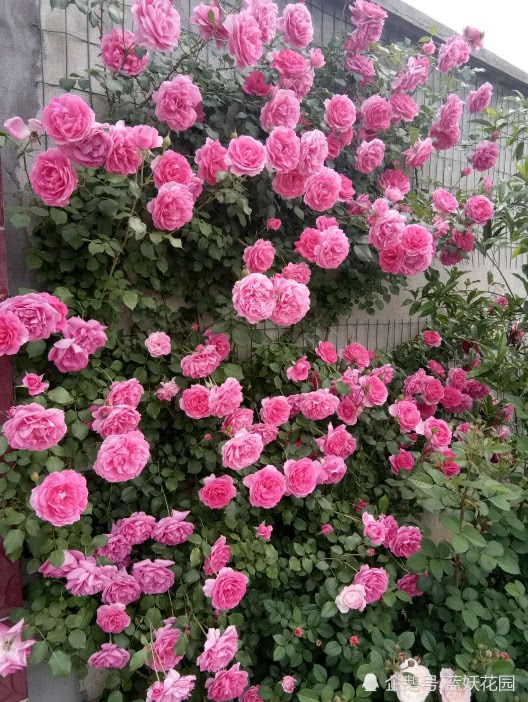Washing dishes, planting flowers, cleaning sewers... The melon skins and leaves that we throw away every day, and these effects.

Every day, every family discards a lot of domestic garbage, of which fruit peels and waste vegetable leaves account for a large part. These things are useless garbage in our eyes and are naturally thrown away. But do you know that fruit peels and waste vegetable leaves can be processed into environmental enzymes, and environmental enzymes are very useful, and can even be used in all aspects of life. Below, small delicate with you to see what the magical use of environmental enzymes in the family, and how to use waste melon skin and vegetable leaves to make environmental enzymes.
The role of environmental enzymes
Because it is a home-made environmental protection enzyme, the conditions are limited, it is difficult to guarantee that it will not be contaminated with some unknown bacteria, for safety reasons, so we do not introduce the role of food and medicine such as skin beauty, treatment of internal and external injuries, cooking and even washing dishes, etc., for those who are more mysterious than radiation, etc. The following is mainly about the role of home-made environmental protection enzymes in home life.
1. When wiping the floor, add 2 tablespoons of environmental enzymes to the water, which can effectively remove the stains on the floor and add disinfection effect.
2. Put the enzyme residue into the mineral water bottle, and then fill the mineral water bottle with small holes and put it into the toilet tank to flush the toilet. After a long time, it will remove the scale of the toilet. The effect is comparable to that of cleaning the toilet. Moreover, these waters flow out of the sewer, which will also have a good effect on environmental protection.
3, about washing dishes because of safety reasons are not introduced here, but pour enzymes from the dishwasher, can clean the sewage dirt.
4, when washing clothes, add four or five caps of environmental enzymes, not only can effectively decompose some chemical components of laundry detergent or washing powder, but also can remove stains on the washing machine.
5, a bottle of enzyme added to 1.5 liters of water, can be used to water flowers, especially in the north, can effectively improve the alkalization of the soil caused by tap water watering.
6. After drying, the residue of enzymes can also be mixed into the pot soil of family flowers as fertilizer. An introduction to using eco-friendly enzymes as fertilizer will be explained separately later.
2. Methods for producing environmental enzymes
The above mentioned the role of environmental enzymes, so how to make environmental enzymes? In fact, it is very simple. In order to make full use of waste, it can be made from leftover melon and fruit peels, vegetable leaves and expired brown sugar or white sugar.
1. Wash the empty oil drums left at home, or plastic containers such as mineral water bottles, and put 60% tap water into them. Be careful to use plastic containers, do not fill them, 60% is just right.
2. Add 10% expired brown sugar or white sugar.
3. Add 30% of the washed melon peel or vegetable leaf, and the volume of the mixture in the container will account for about 80% of the container.
4. Seal the container and place it in a cool place at about 15℃ to avoid direct sunlight. Gases are produced during the first month of fermentation, so try to open the bottle every day to release the gas and reseal it.
5, about a month after the basic will no longer produce gas (performance for plastic bottles no longer bulging), continue to place in the shade, often stir the floating garbage to let it sink fully soaked, about 3 months or so environmental enzymes will be done, the color is yellow brown.
6, the enzyme solution can be used after filtration, and at the same time, you can continue to add melon skin and vegetable leaves to make new environmental enzymes.
The production of environmental enzymes, not only reduces domestic waste, protects the environment, but also can be used in all aspects of home life, and the production is simple, come and make it!
Small exquisite life finishing release, I hope to help you!
- Prev

After the miniature rose flower is pruned and fertilized in this way, the pot will burst for 12 months a year.
0004, miniature rose, pruned and fertilized in this way after flowering, will burst for 12 months a year! As long as the temperature is right, the rose can blossom every month, as we all know, it is possible to blossom every month if the rose wants to blossom, but every month.
- Next

A good-looking lohan pine can be planted with one seed and one branch and leaf.
Luo Han Song is very beautiful, very tall, and very textured. Luohansong in the hairpin has short and dense leaves, whirling leaves, quaint branches, ancient health, simple and elegant posture, temperament and beauty. The ornamental value is very high.
Related
- Wuhan Hospital Iron Tree Blooming Result Was Instantly Frightened by the Gardener Master
- Which variety of camellia is the most fragrant and best? Which one do you like best?
- What is the small blue coat, the breeding methods and matters needing attention of the succulent plant
- Dormancy time and maintenance management of succulent plants during dormancy
- Minas succulent how to raise, Minas succulent plant pictures
- What are the varieties of winter succulent plants
- How to raise succulent plants in twelve rolls? let's take a look at some experience of breeding twelve rolls.
- Attention should be paid to water control for succulent plants during dormant period (winter and summer)
- Watering experience of twelve rolls of succulent plants
- Techniques for fertilizing succulent plants. An article will let you know how to fertilize succulent plants.

